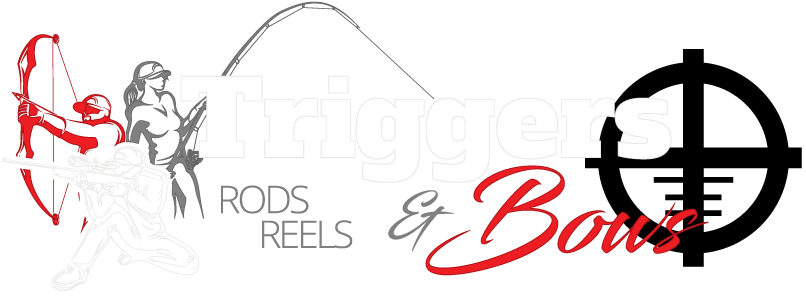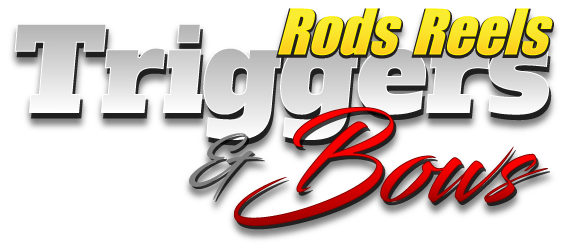Anatomy of a Compound Bow
A compound bow is a collection of simple machines that work together to give the archer a mechanical advantage when they shoot. Compound bows allow for more customization than traditional bows.
Risers
The riser is the central piece to which all other parts attach. The riser contains the grip and arrow shelf. It has universal mounting points that allow accessories like stabilizers, rests, and sights to attach to the bow. The limbs of the bow are bolted onto the riser.
Cams
Cams are a critical component of a compound bow. They are what allow compound bows to transfer so much energy into the limbs. However, when you reach the full draw of the bow, cams can ‘let off’ up to 90% of the pressure required to hold the bowstring in the full draw position.
A cam is different from a wheel; it is not perfectly round. These oblong shapes are designed to give every bow a unique balance of power, speed, and accuracy.

There are 4 major types of cams, each has its advantages and disadvantages:
Single Cam – this system uses a single cam to control the pull of the bow and a round idler wheel to feed the cable.
Hybrid Cams - this dual cam system uses one cam to generate power and the other to control the weight of the pull.
Binary Cams – The cams in this dual cam system use cam-to-cam control cables instead of tying into the limbs.
Twin Cams- this system uses two elliptical cams that work in tandem to control the bow.
Limbs
Compound bow limbs are quite different from recurve limbs. Compound bows use a parallel limb design as opposed to the traditional ‘D’ shape. These parallel limbs are shorter and can come in solid or split designs. These limbs allow the bow to flex as it is drawn and released. The parallel design helps provide a quieter shot and better distribution of vibration.
The limb fits into a special pocket on the riser and secures in place with a bolt.

Strings/Cables
Buss Cables - These cables are separate from the bowstring; they attach to the cam axels and increase stabilization and synchronization between the cams.
Control Cables - Control cables feed power through the string. This cable is the primary control of a bow’s draw weight. The control cables are attached to the bowstring; the cable is fed through the cams as the archer draws back the string.
Shooters using a release mechanism will also have a D-loop attached to their string at the nocking point.
Rests
Rests attach just above the grip. An arrow rest helps keep an arrow level and in place. There are a variety of rests. Each kind of rest offers different features.
The most popular rests today are:
Whisker Biscuits - a ring with bristles facing inward. The bristles allow the fletching to pass through unharmed but keeps the arrow level until it is released.
Drop away – these rests link to the control cable by a cord. When the string is released, the rest drops leaving the arrow free to travel without rubbing up against anything.
Launcher – provides minimal contact to the arrow, but remains in place until the arrow has left the bow.
Sights
To improve the accuracy of a compound bow, there is a wide variety of sights available.
Here are some of the options:
Peep-Sights are built into the string of a bow. An archer looks though the peep down to the pin sight. This type of sight helps create a consistent arrow trajectory. People use peep-sights in tandem with other sights.
Pin-Sights come in two varieties: multipin or single pins. Multi-pin sights are great. They allow an archer to gauge their shot based on the distance to the target. A single pin-sights will be set for a fixed distance, but they are very easy to adjust. They allow an archer to quickly sight in their bow no matter how far away their target may be from them.
Other Parts
Cable slide and rod - these parts keep the buss cables from touching the arrow during operation. They generally run parallel to the riser.
Silencers - these small rubber parts are installed all over a bow. They decrease noise and vibration when firing.
There are a variety of other accessories that can be added to or used with a compound bow. Additional items like quivers, stabilizers, and string dampeners can customize a shooter's experience.
It is important to talk to a professional when buying your first compound bow. The archery team at Triggers and Bows will ensure that your bow is tailored to your shooting style and help you with all the intricate parts of setup! Call or Email today to get in touch with our team! Already have a bow? We do repairs too!
If you would like to learn more about traditional bows and arrows Click Here



